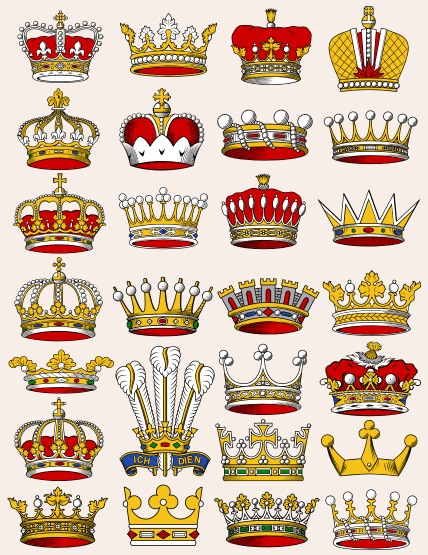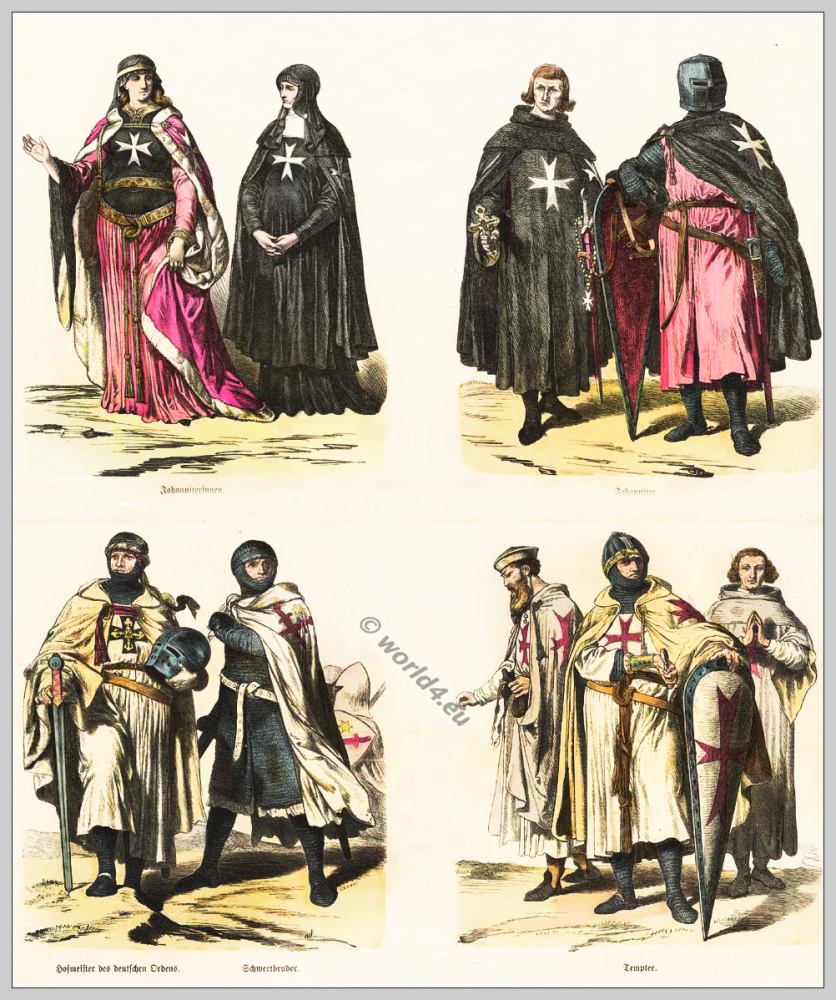I've been wanting to run the Mummy's Mask adventure path for a while, but not in Golarion (the standard Pathfinder campaign setting). Instead, I wanted to create my own fantasy Egypt setting. Adding Goodman Games' Lost Tomb of the Sphinx Queen and earlier Paizo adventure modules to the mix, I've got a starting point for a complex campaign world that characters can explore at their own pace. I've just had to revise the backstories of all the adventures to fit my world (I won't be sharing any spoilers yet).
Musing about tabletop gaming. In particular, about tabletop RPGs--the various editions [and clones] of "the world's most popular, fantasy role-playing game;" Palladium's "Megaversal" system; Battletech & Mechwarrior; d20 Star Wars; FATE; as well as home-brew settings and game systems.
Monday, September 28, 2015
It's Pathfinder Time!
There has been a delay in my intended Monvesia posting schedule because of an unexpected opportunity to run a Pathfinder campaign. The regular Thursday-night AD&D game at the store where I work is moving to another night because of scheduling conflicts. One of the players was bemoaning that she wouldn't be able to play, and she made an offhand comment that someone should run a Pathfinder game on Thursdays ... And I said "okay."
I've been wanting to run the Mummy's Mask adventure path for a while, but not in Golarion (the standard Pathfinder campaign setting). Instead, I wanted to create my own fantasy Egypt setting. Adding Goodman Games' Lost Tomb of the Sphinx Queen and earlier Paizo adventure modules to the mix, I've got a starting point for a complex campaign world that characters can explore at their own pace. I've just had to revise the backstories of all the adventures to fit my world (I won't be sharing any spoilers yet).
I've been wanting to run the Mummy's Mask adventure path for a while, but not in Golarion (the standard Pathfinder campaign setting). Instead, I wanted to create my own fantasy Egypt setting. Adding Goodman Games' Lost Tomb of the Sphinx Queen and earlier Paizo adventure modules to the mix, I've got a starting point for a complex campaign world that characters can explore at their own pace. I've just had to revise the backstories of all the adventures to fit my world (I won't be sharing any spoilers yet).
Monday, September 21, 2015
Mundane Treasure in Monvesia
All treasure is special, but not all treasure is magical. Continuing my series on in-game player rewards (see Magic Items, Titles & Land Grants), below are notes concerning the "mundane" treasures of Monvesia. Though, let's be honest, what is mundane about a horde of coins from across the continent? Or a religious text bound in dragon scale?
A Song of Sixpence
The coins that can be found in a monster's possession or in a hoard varies greatly depending on where that monster or hoard is encountered. When dealing with the various coins of Monvesia, modify the coin results from random treasure tables as noted in the appropriate section below:Possessions
Monsters tend to possess the coins commonly in use in the region where they are encountered. At the DM's discretion, coins from nearby regions could also be encountered.
Possessions in Dvergheim:
Possessions in Dvergheim:
- Use CP value for bronze gates
- Half CP value for copper boars
- Use SP value for billon fists
- Half SP value for silver eagles
- EP (bulls) and GP (dragons) unchanged
- Use PP value for rhodite bears
- Half PP value for platinum crowns
Thursday, September 17, 2015
Eliminating XP
"How many experience points for that encounter?"
"How much experience do I get for this treasure?"
"If I seduce the bartender, will that be enough to level up?'In my game-mastering experience, some players are so focused on the immediate reward of points that it drives a rift between them and those players who want to enjoy the game. Over time, juggling exact numbers just proves to be tedious--particularly when a 9th level character is 12-points shy of her next level. Yeah "just fudge it" could solve that situation--but how can you make sure you have been fudging fairly for everyone?
I like the idea of eliminating experience points all together, shifting "leveling up" to something session- and story-based. In this post, I will be exploring and expanding on an idea presented almost as a footnote in the 5th edition Dungeon Master's Guide:
... Advance characters based on how many sessions they play, or when they accomplish significant story goals in the campaign. In either case, you tell the players when their characters gain a level. ...
A good rate of session-based advancement is to have characters reach 2nd level after the first session of play, 3rd level after another session, and 4th level after two more sessions. Then spend two or three sessions for each subsequent level. This rate mirrors the standard rate of advancement, assuming sessions are about four hours long.
Tuesday, September 15, 2015
Titles & Land Grants in Monvesia
A liege may offer titles as a reward for service, and those titles may also come with a grants of land--small at first, but increasing as the character gains prestige and authority.
Here is a comparative list of titles in Monvesia, including vague descriptions of their relative lands, power, and authority. Generally, only sovereigns (rulers of independent nations--ducal and higher) grant noble titles as rewards. Baronial and comital nobles may grant ceremonial knighthood--though typically not with land.

Here is a comparative list of titles in Monvesia, including vague descriptions of their relative lands, power, and authority. Generally, only sovereigns (rulers of independent nations--ducal and higher) grant noble titles as rewards. Baronial and comital nobles may grant ceremonial knighthood--though typically not with land.
Titles are listed from lowest to highest. Where multiple titles are included, the lower titles are listed first. English terms (which are a mix of Germanic and Romance) are used for "generic" titles.
Please note that this list is a major generalization, and is not meant to be used for historical accuracy; instead, it perpetuates and standardizes several anachronisms common to tabletop gaming (particularly an American "understanding" of nobility).

Saturday, September 12, 2015
Magic Items of Monvesia
For every change you make to the expected setting early on in developing a campaign world, you have seven more to make later. Since magic items are tied to the very structure of the elements and creature types of the world, the items below have alternate imagery and/or game mechanics in Monvesia.
Crusader's Blade (Holy Avenger)
Weapon (any sword), legendary (requires attunement by a paladin or eldritch knight of the appropriate temperament)
There are six varieties of "holy avenger"--one for each temperamental philosophy. Each deals a different type of extra damage to a particular set of creatures:
- Avenger's Blade deals extra fire damage to fey and outsiders from the Hydrosphere, vitalist
- Hospitaller's Blade deals extra radiant damage to undead and outsiders from the Necrosphere, altruist
- Ravager's Blade deals extra necrotic damage to celestials and outsiders from the Heirosphere, nihilist
- Sentinel's Blade deals extra psychic damage to hybrids and outsiders from the Lithosphere, idealist
- Templar's Blade deals extra force damage to tulpa and outsiders from the Aerosphere, materialist
- Warden's Blade deals extra cold damage to fiends and outsiders from the Pyrosphere, dynamist
Tuesday, September 8, 2015
Factions of Monvesia: Crusaders & the Ninety-Nine
Time to go the other direction: Instead of adapting elements of Monvesia to 5th Edition, I want to to explore how elements of 5th Edition might be adapted for use in Monvesia. For example, the RPGA has introduced Factions into D&D organized playe. Factions are major power groups that player characters can interact with, gaining prestige and rank--offering a chance not only of mechanical benefit, but also role-play opportunities.
In the past, I have introduced two faction-type organizations in Monvesia: the Crusaders of the Temperamental Orders (detailed in an earlier post) and the League of Ninety-Nine. As I have pondered this topic, I have considered adding an "Imperial Order" as well as factions tied to other races.However, in the interest of keeping development of the world tied to the player experience, I won't detail any additional factions they become necessary in play.
In the past, I have introduced two faction-type organizations in Monvesia: the Crusaders of the Temperamental Orders (detailed in an earlier post) and the League of Ninety-Nine. As I have pondered this topic, I have considered adding an "Imperial Order" as well as factions tied to other races.
Okay, so maybe that last part was wishful thinking.
Wednesday, September 2, 2015
Monvesian Culture: Temperamental Orders
Temperamental Philosophy is a major factor of human culture, and orders dedicated to one of its six divisions can be found throughout the human-controlled world--including followers from any race or nationality. While the Temperamental Orders are not exactly united, the organization within each order follows a similar pattern--and the titles used by them are shared in common.
There are three classes of Temperamental Orders: Religious, Military, and Arcane. A religious order may operate solely on its own, but is typically accompanied by a military order. An arcane order under this tradition does not operate independently, but in tandem with a military or religious order--often both.

There are three classes of Temperamental Orders: Religious, Military, and Arcane. A religious order may operate solely on its own, but is typically accompanied by a military order. An arcane order under this tradition does not operate independently, but in tandem with a military or religious order--often both.

Religious Orders
There are three basic tiers of leadership in the temperamental orders: Prelates (who govern an order), Ministers (who attend to particular congregations and institutions), and Teachers (who assist ministers and attend to branches of organizations and institutions). These are almost always clerics--but not all clerics who associate with the Temperamental Orders are part of a religious order (many are part of a military order, see below).
Subscribe to:
Comments (Atom)
